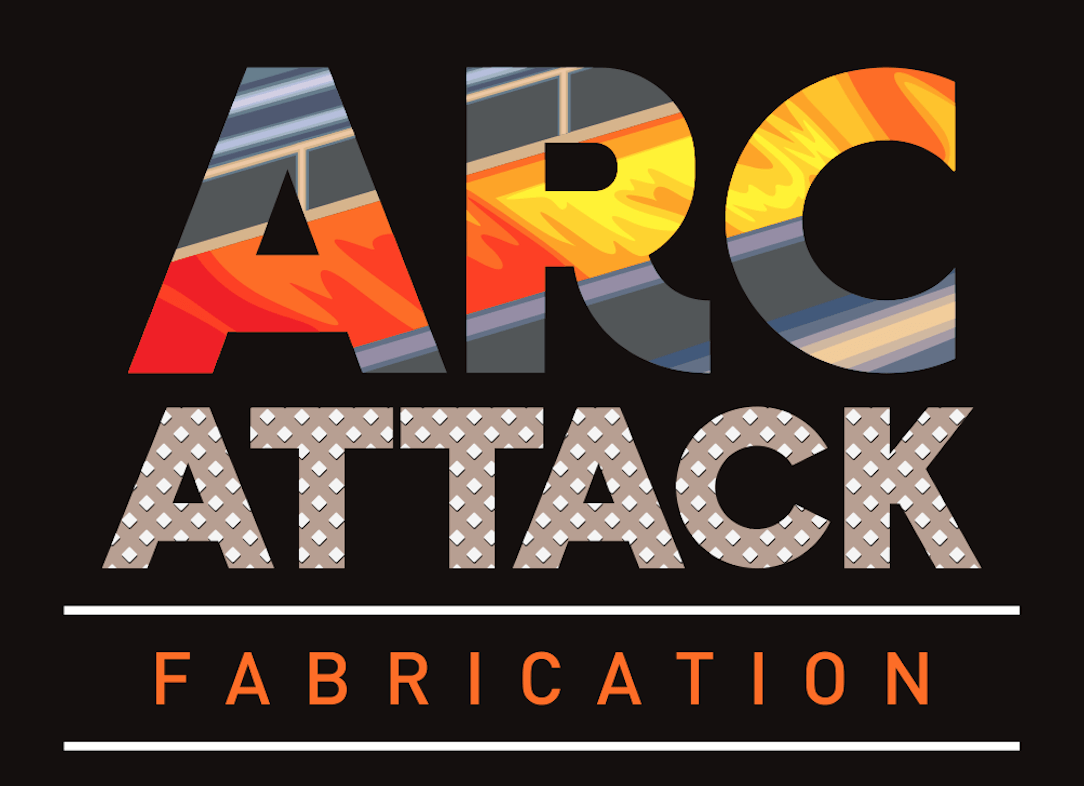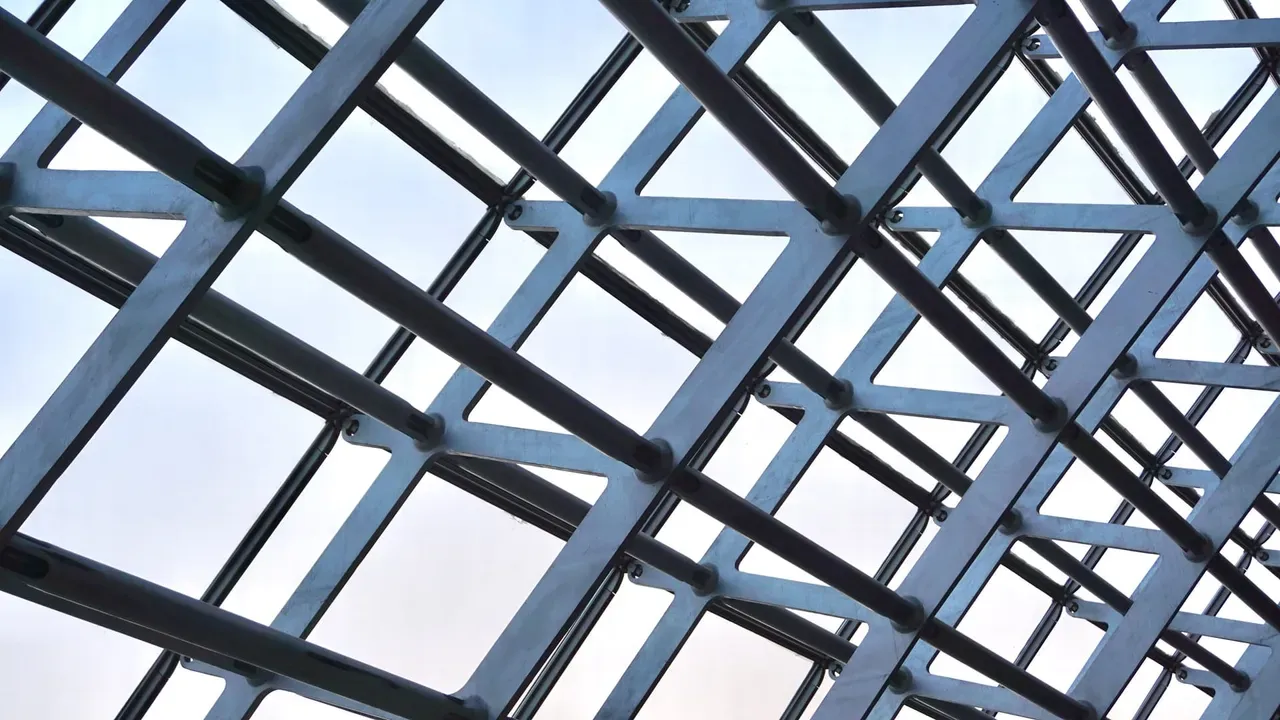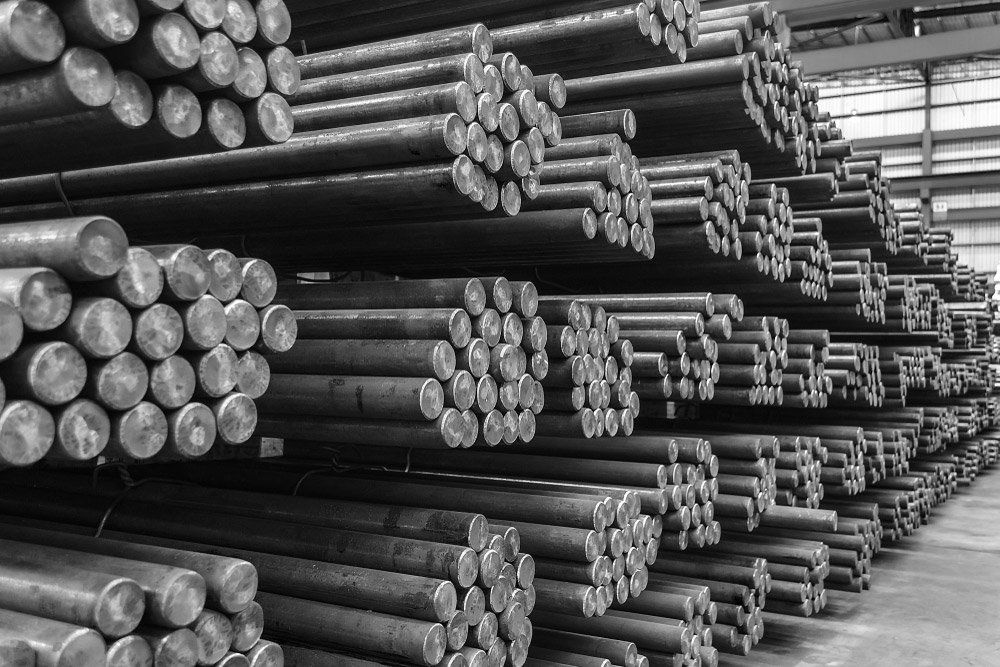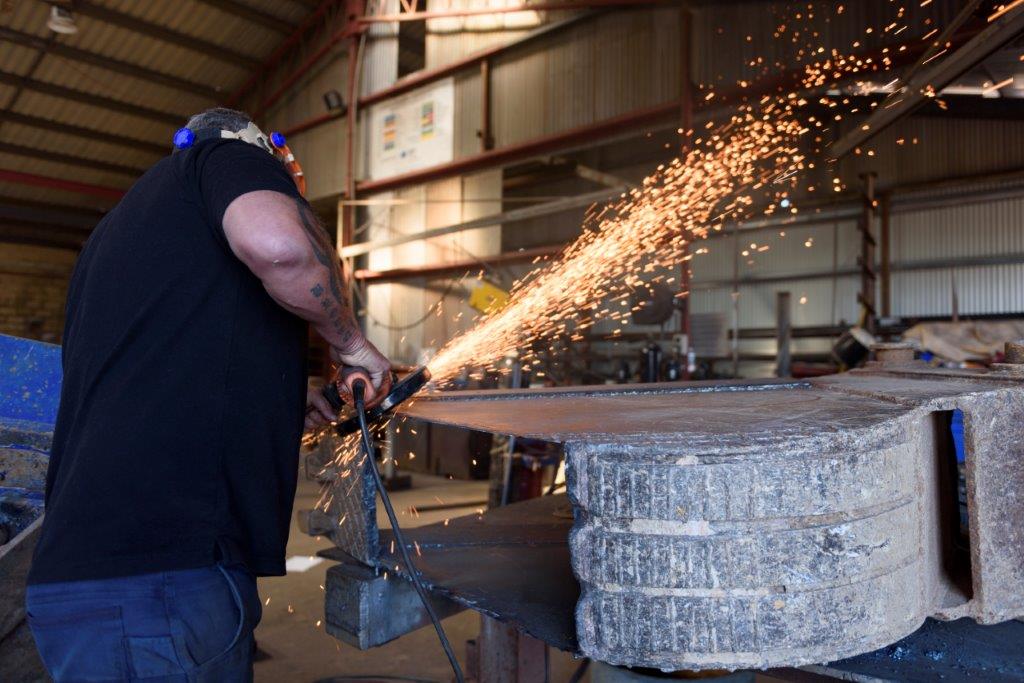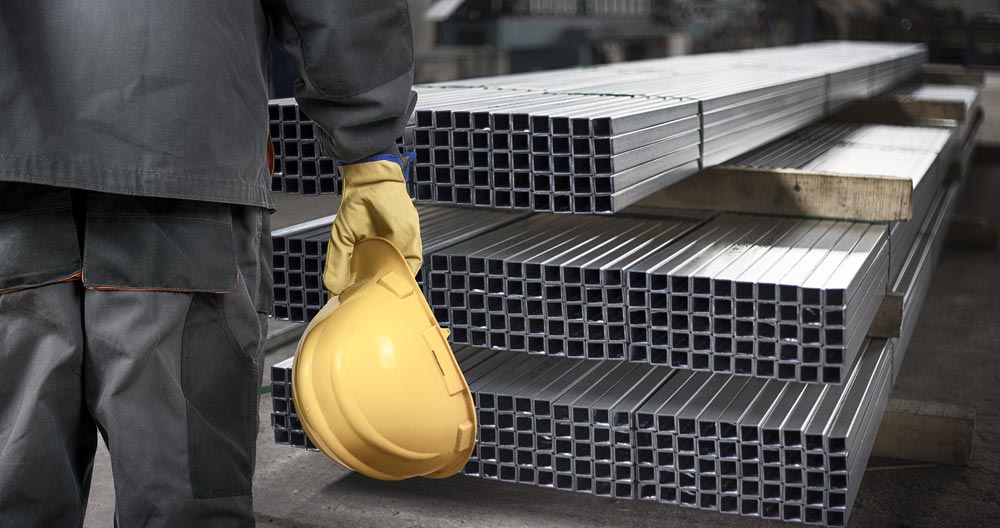Does Stainless Steel Rust?
Stainless steel is the material of choice for many builders, as it is largely rust-resistant. A key reason for this is its low maintenance, and anti-oxidation properties, making it perfect for a host of applications.
Containing 10.5% chromium, it reacts with oxygen, creating a thin oxide layer on the steel’s surface. Unlike flaky and corrosive iron oxide, chromium oxide clings to stainless steel, creating a protective barrier.
Does stainless steel rust?
Stainless steel has a built-in resistance to rust. That said, it can develop rust under specific conditions. The good news is, this rust is not as extensive or severe as other metals. It will corrode if exposed to: grease, moisture, damaging chemicals, saline or heat for extended periods.
Whether or not stainless steel will rust largely depends on the level of chromium it contains. If the steel’s surface does not contain enough chromium, a fresh chromium oxide layer can be found by scratching the top layer away. Conversely, this can leave stainless steel quite vulnerable to corrosion. That’s why we believe corrosion prevention is vital.
Types of stainless steel corrosion
There are six distinctive types of stainless steel corrosion, including:
- General – A loss of metal over the entire surface. Considered the “safest” corrosion type, it’s largely manageable and can be easily prevented.
- Galvanic – An electrochemical process in which one metal corrodes more than another, when electrolytes are present.
- Crevice – Localised corrosion between two metals, at the crevice of the surfaces
- Pitting – Upon chloride exposure, localised corrosion creating cavities on the surface
- Stress corrosion cracking – Growing crack formation in a corrosive setting. This occurs when tensile stresses are exposed to corrosive environmental conditions
- Intergranular – Corrosion where crystallite boundaries rust. This often occurs when steel is exposed to extreme heat.
Preventing corrosion
#1 Design
Being proactive during the design phase ensures a longer product lifespan. Careful design planning of stainless steel applications minimises water penetration and dramatically reduces surface damage. Drainage holes to remove excess water should be used, while crevices and cavities should be kept to a minimum. Maintaining constant air flow is essential. As such, the stainless steel’s design must encourage air to circulate freely.
#2 Fabrication
Rust prevention ultimately begins at the fabrication stage. During fabrication, it’s vital to ensure stainless steel does not come into contact with regular steel or iron. So, you need to be vigilant when examining the environment, including: tools, storage units, work tables, steel turning rods and chains.
Stray carbon steel dust particles may contaminate its surface, increasing the likelihood of rust formation. As such, any grinding and cleaning tools used for carbon or low alloy steel should be separate from stainless steel.
#3 Maintenance
Maintaining your stainless steel is key in preventing rust from forming. It also prevents the escalation of existing rust problems. The most effective ways to remove rust is via mechanical or chemical means. Excess grime is then easily removed with warm water. Add a rust-resistant coating for added protection.
For more rust prevention tips, call or email Arc Attack Fabrication today.
